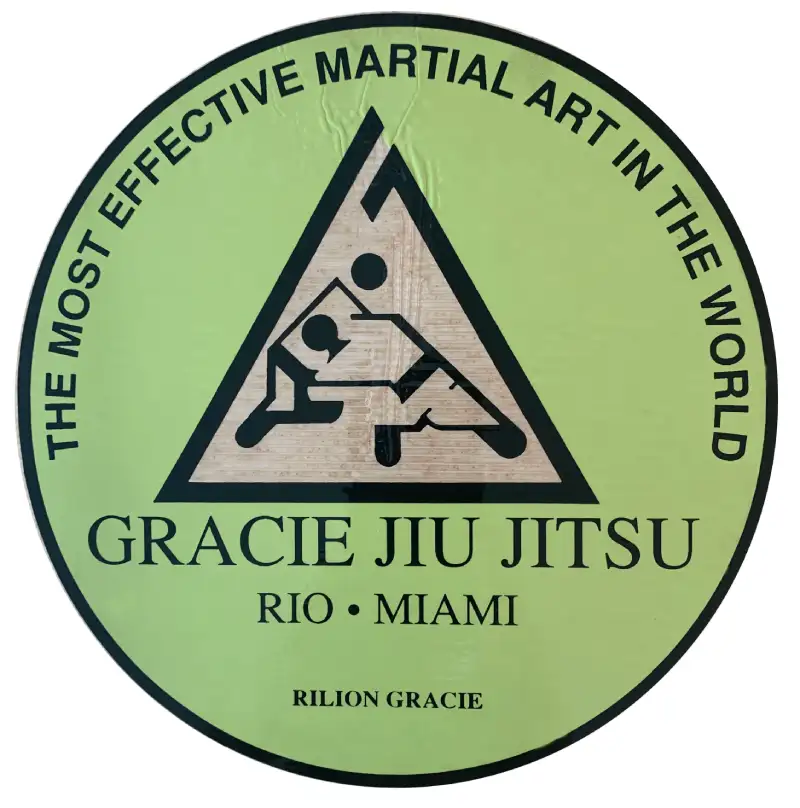Jiu-Jitsu
Mission
Vision
Values
History of Ancient Jiu-Jitsu
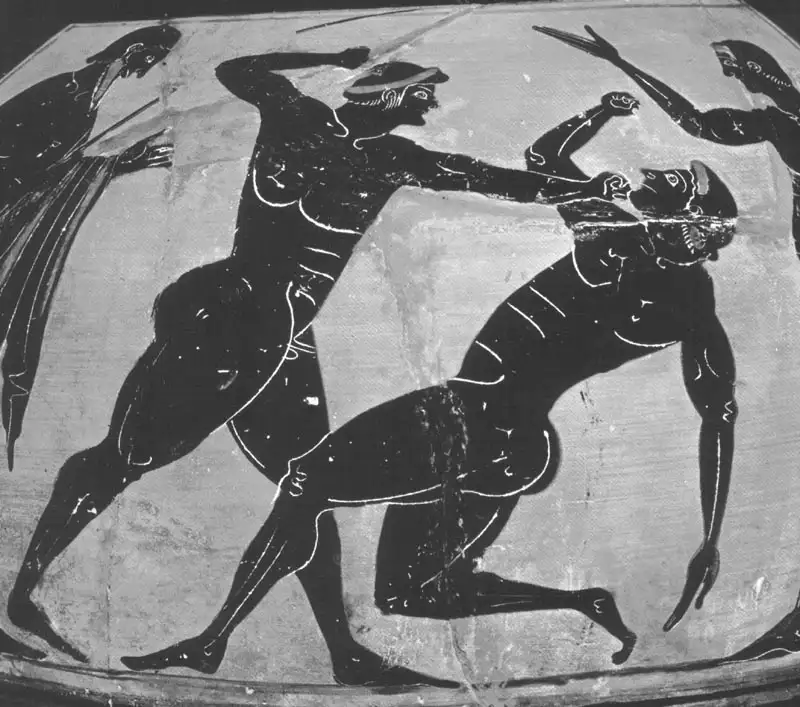
India 2000 B.C.
Japan 17th Century
19th Century
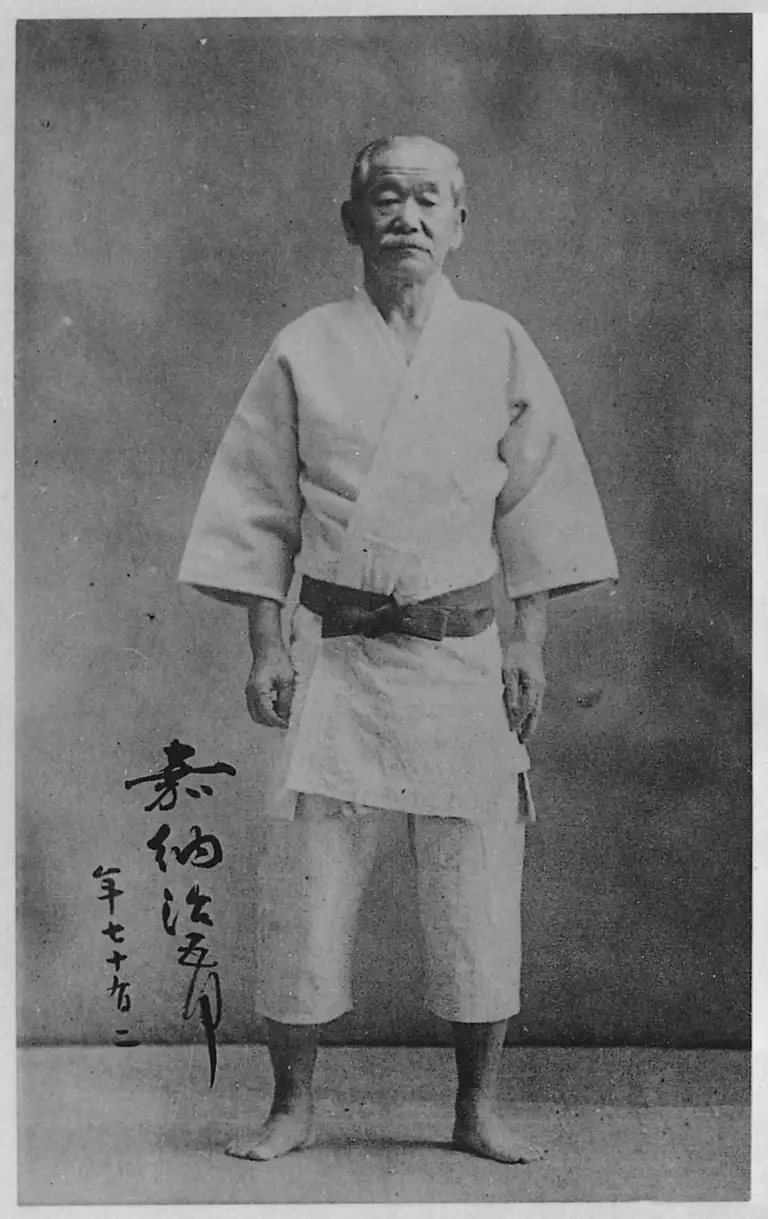
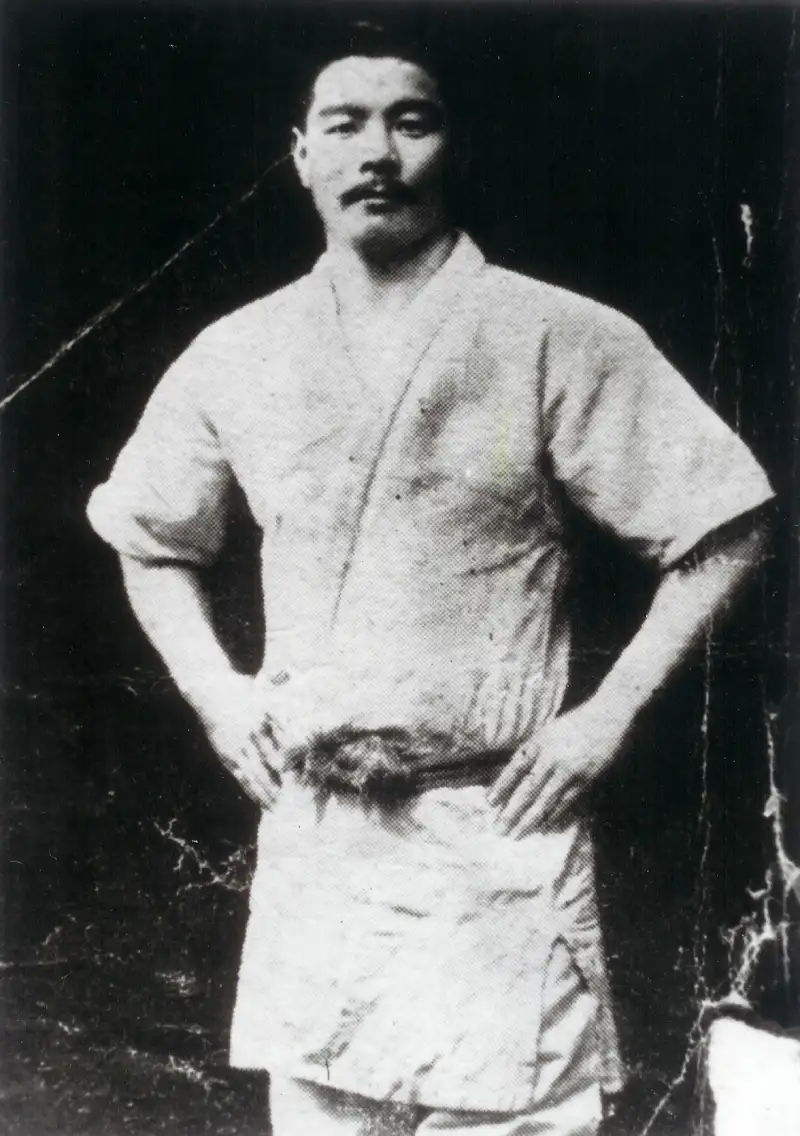
Birth of Brazilian Jiu-Jitsu
1915
Starting in Belém do Pará, it was only
natural that Maeda make use of his notable
fighting skill in public demonstrations, and even by performing in circuses as a way to both earn a living and disseminate the Japanese culture. In one of these demonstrations he met Gastão Gracie, and the two formed a friendship. A father of eight children, five boys and three girls, Gastão became a Jiu-Jitsu enthusiast and brought his oldest son, Carlos, to learn the martial art.
A slight but rebellious and active young man at 15, Carlos Gracie became captivated by Maeda’s ability to defeat opponents much bigger and stronger than himself with superior technique.
It was then that he began to see Jiu-Jitsu as a channel for personal realization.
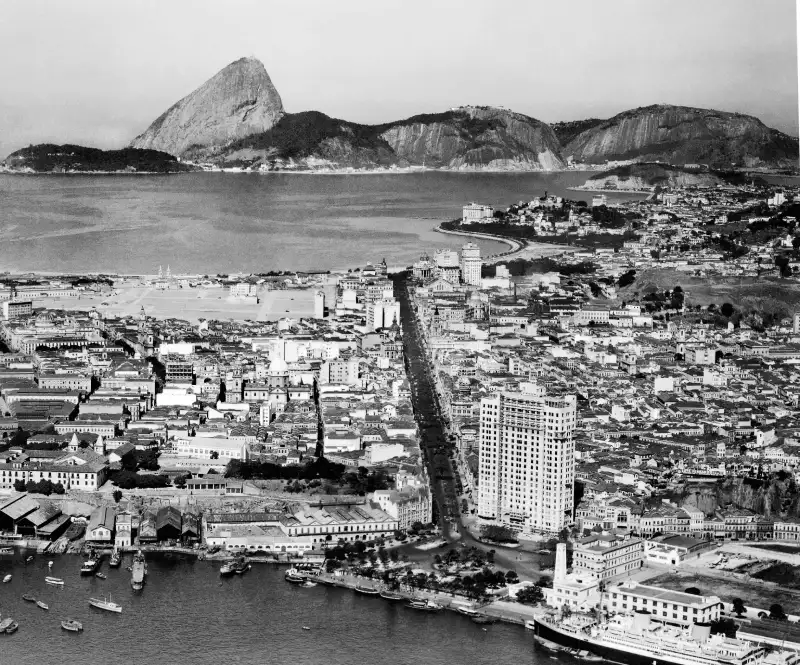
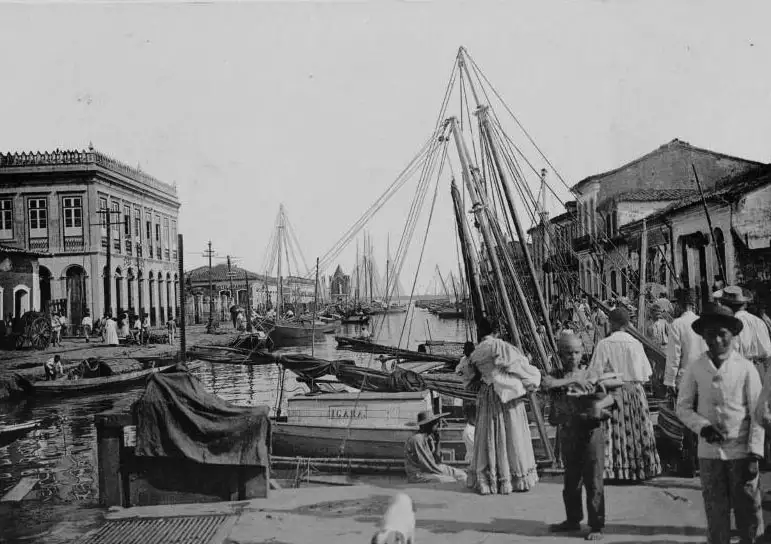
1925
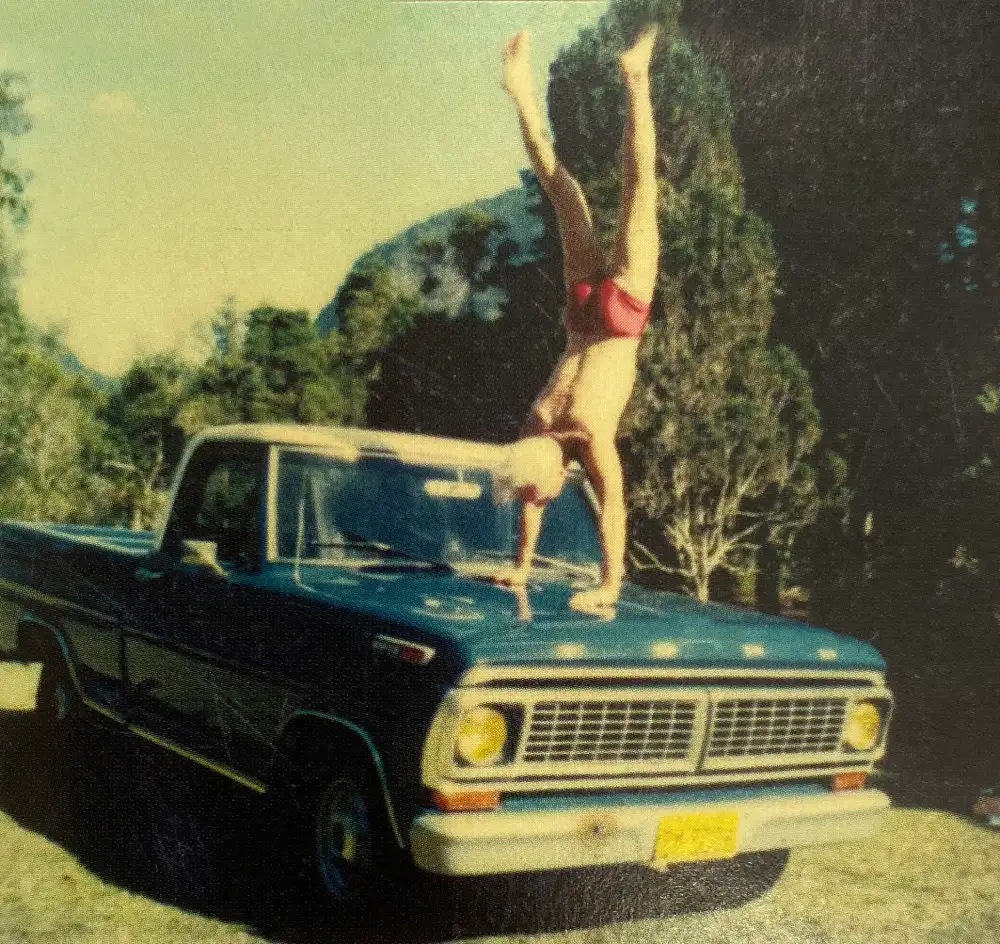
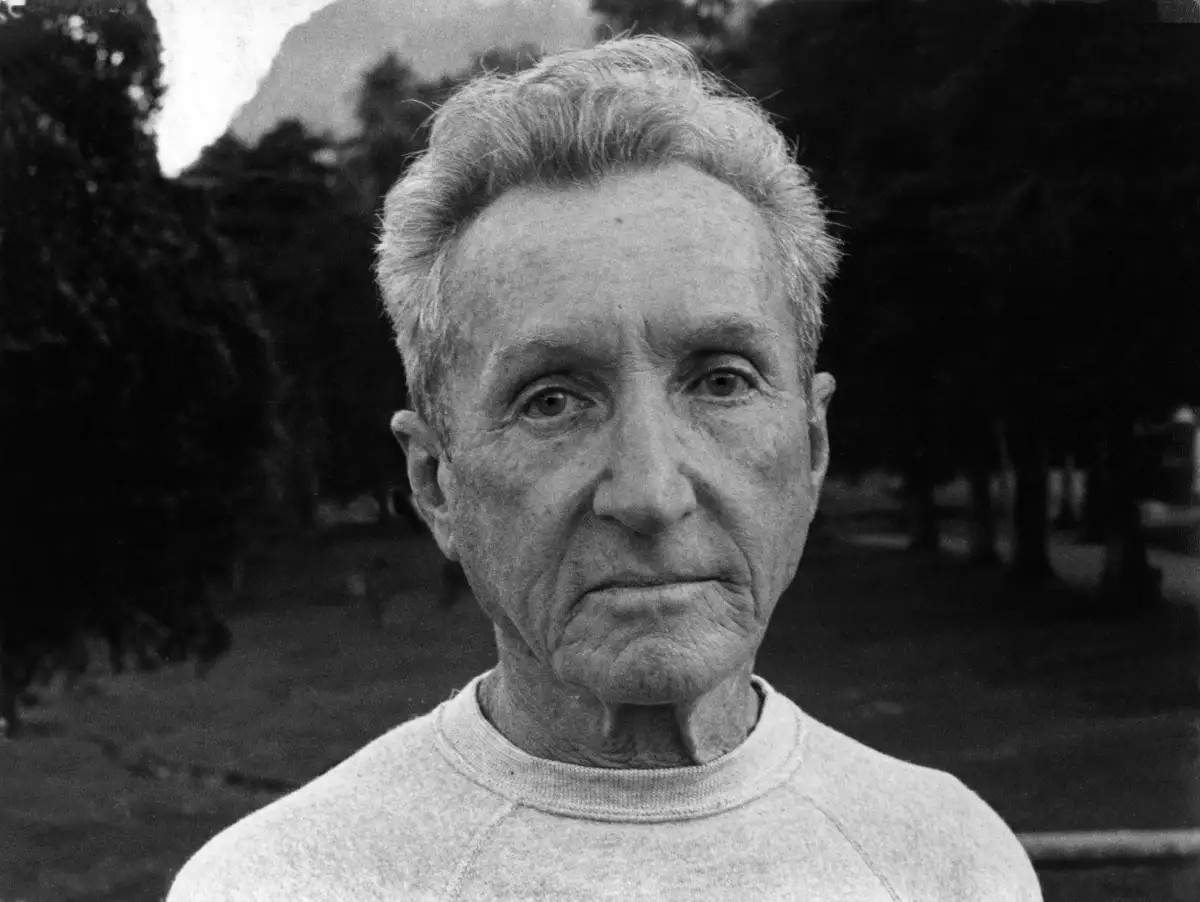
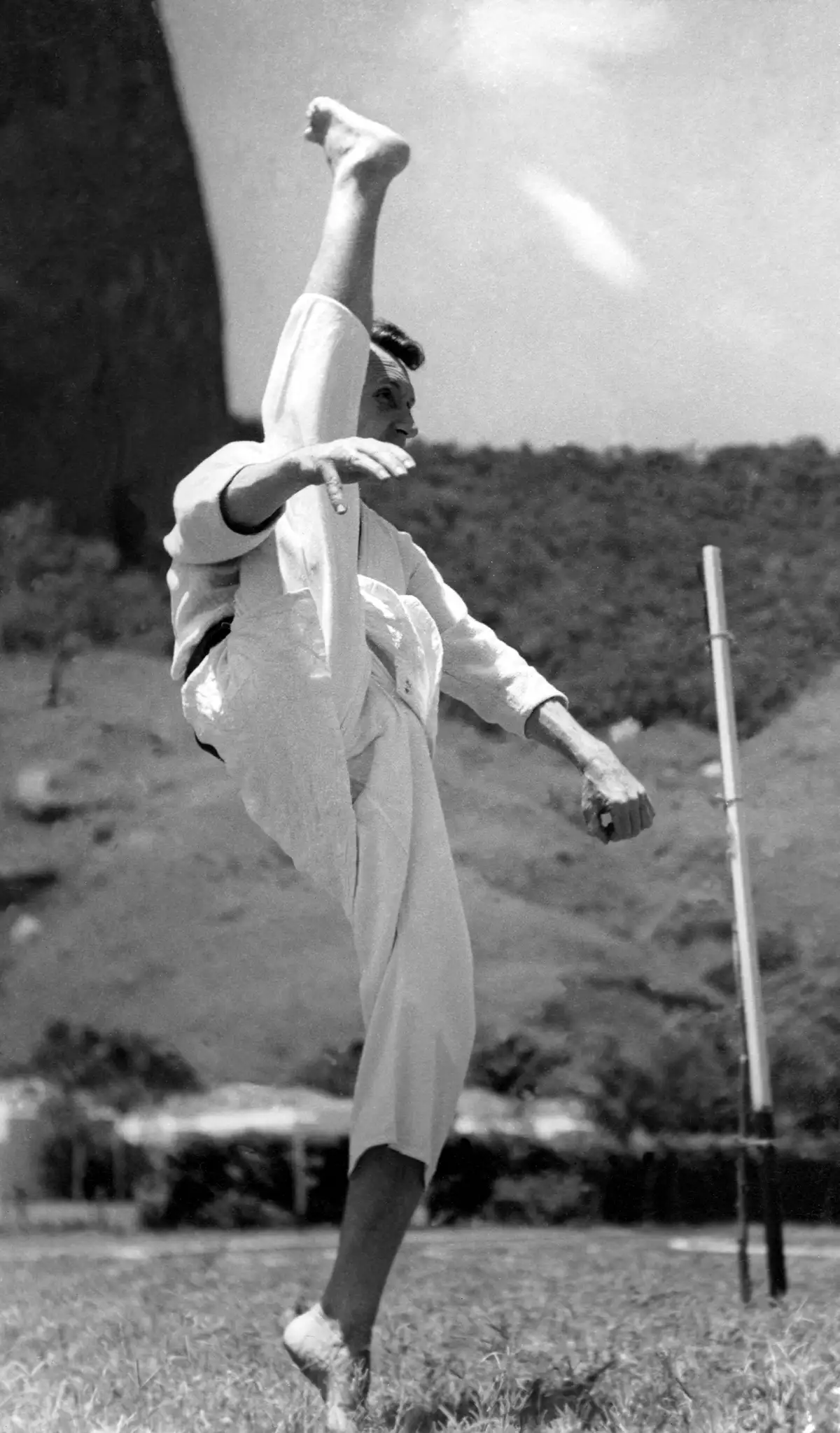
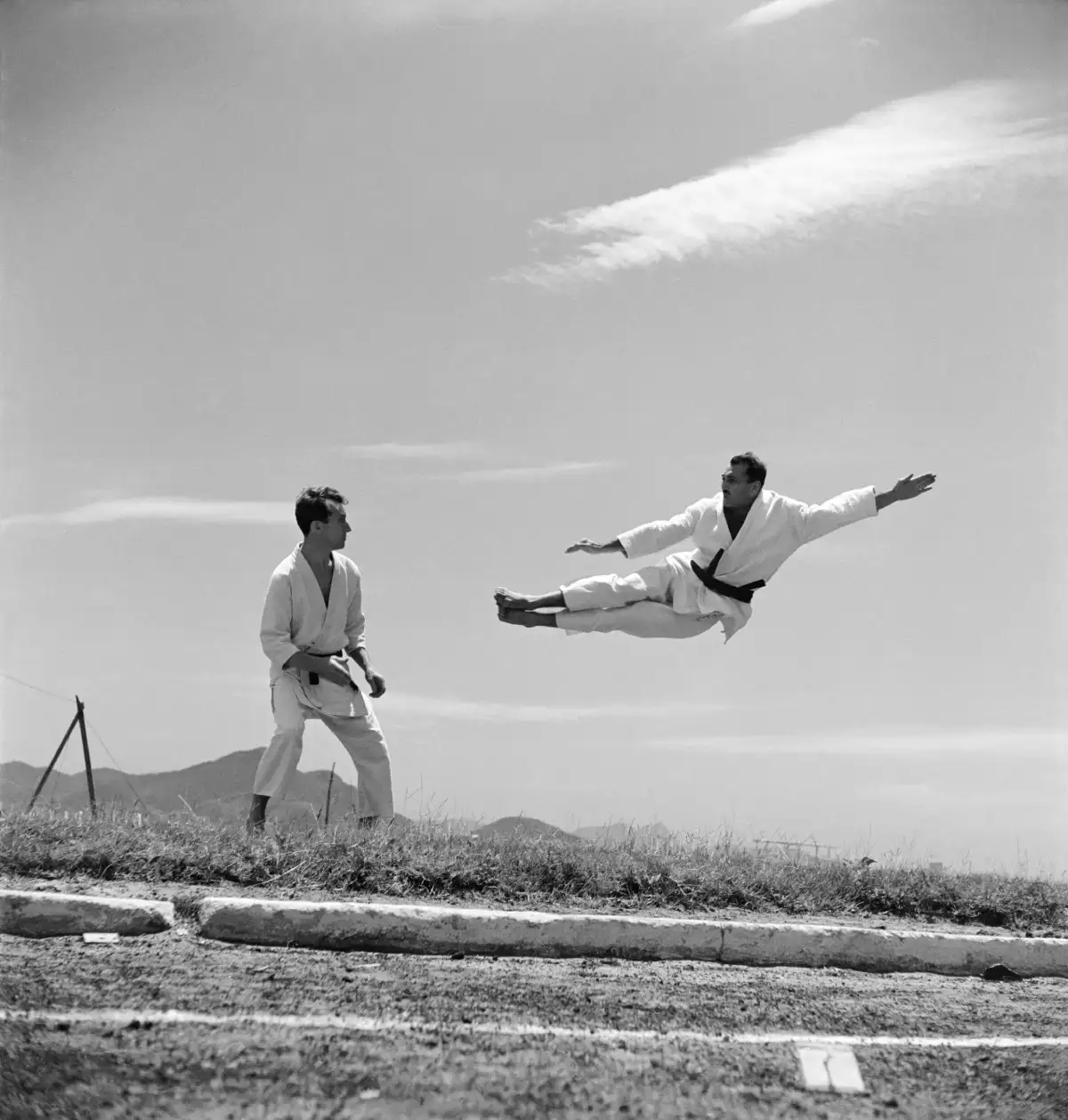
The Gracie Brothers
Carlos, Gastão, Oswaldo, George and Hélio form the first generation of Gracie fighters. Despite Carlos and Hélio having grown very close and having worked and lived together for decades, the five brothers greatly contributed to the growth of Jiu-Jitsu in Brazil in the first half of the 20th century.
Carlos also transmitted to his brothers his life philosophy and natural diet, being himself a pioneer in the creation of a special diet for athletes, the Gracie Diet, branding Jiu-Jitsu as synonym with health.
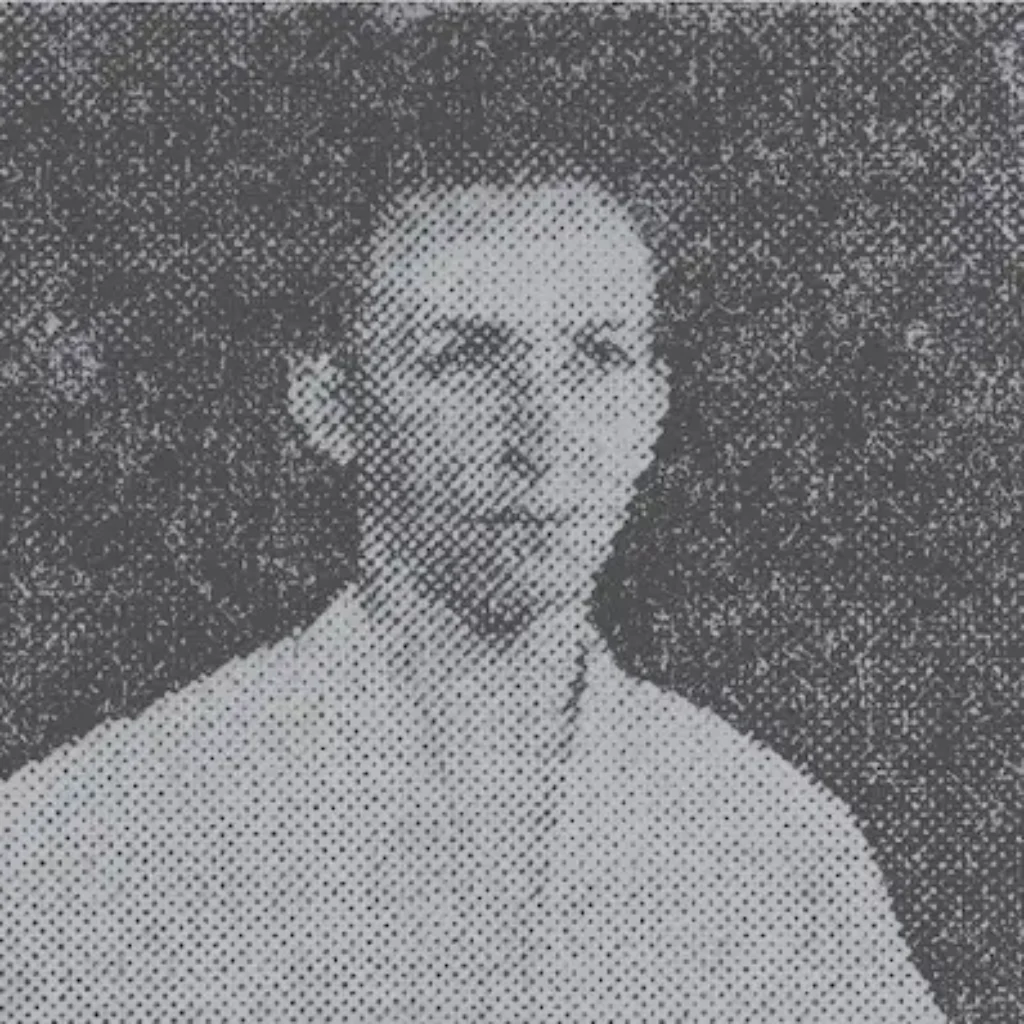
Carlos Gracie (1902-1994)
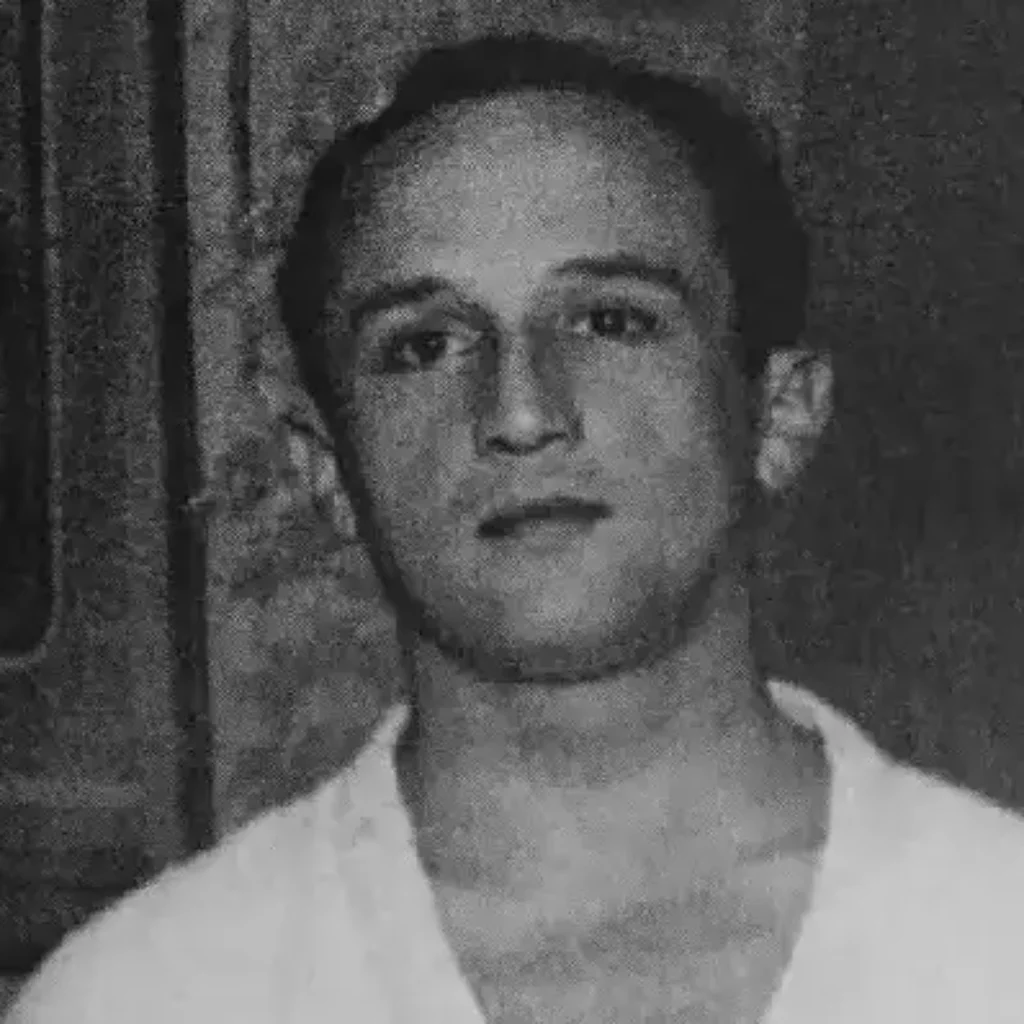
Osvaldo Gracie (1904-1944)
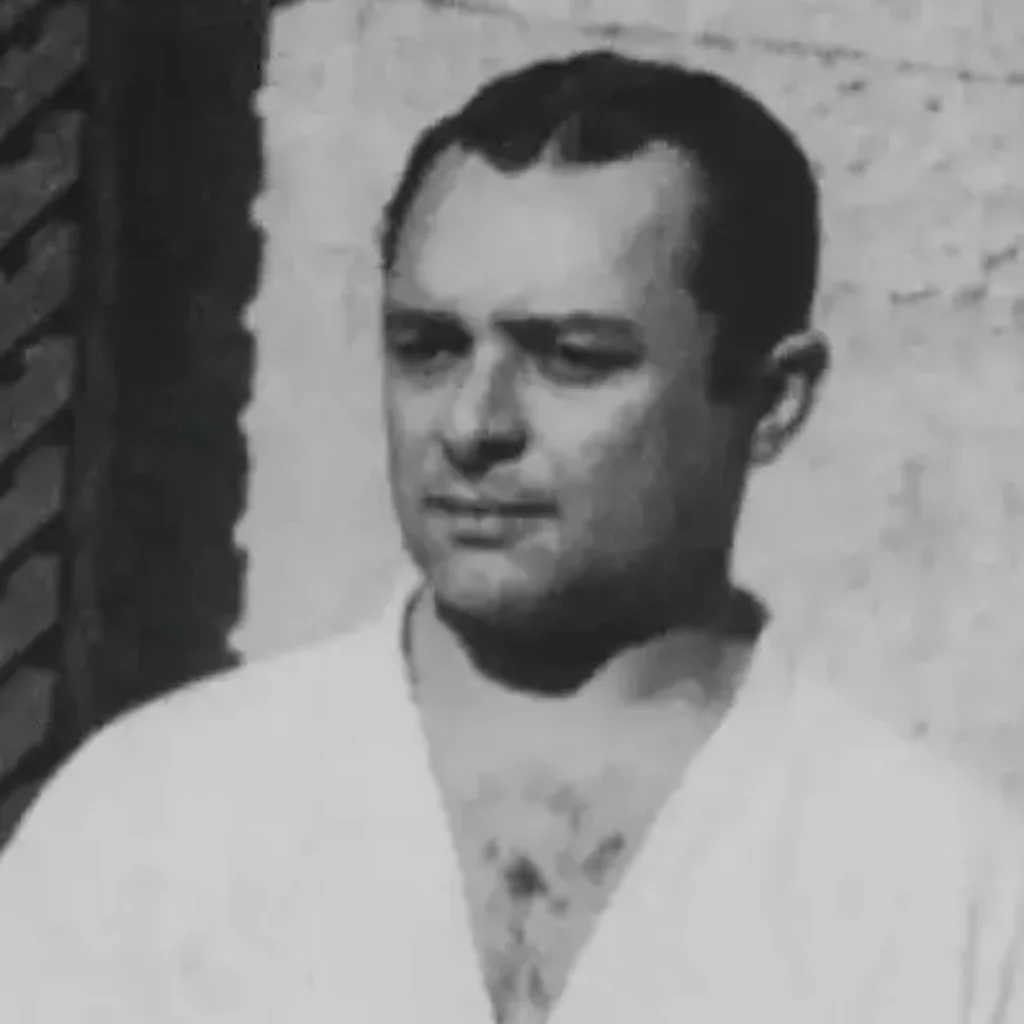
Gastão Gracie (1906-2002)
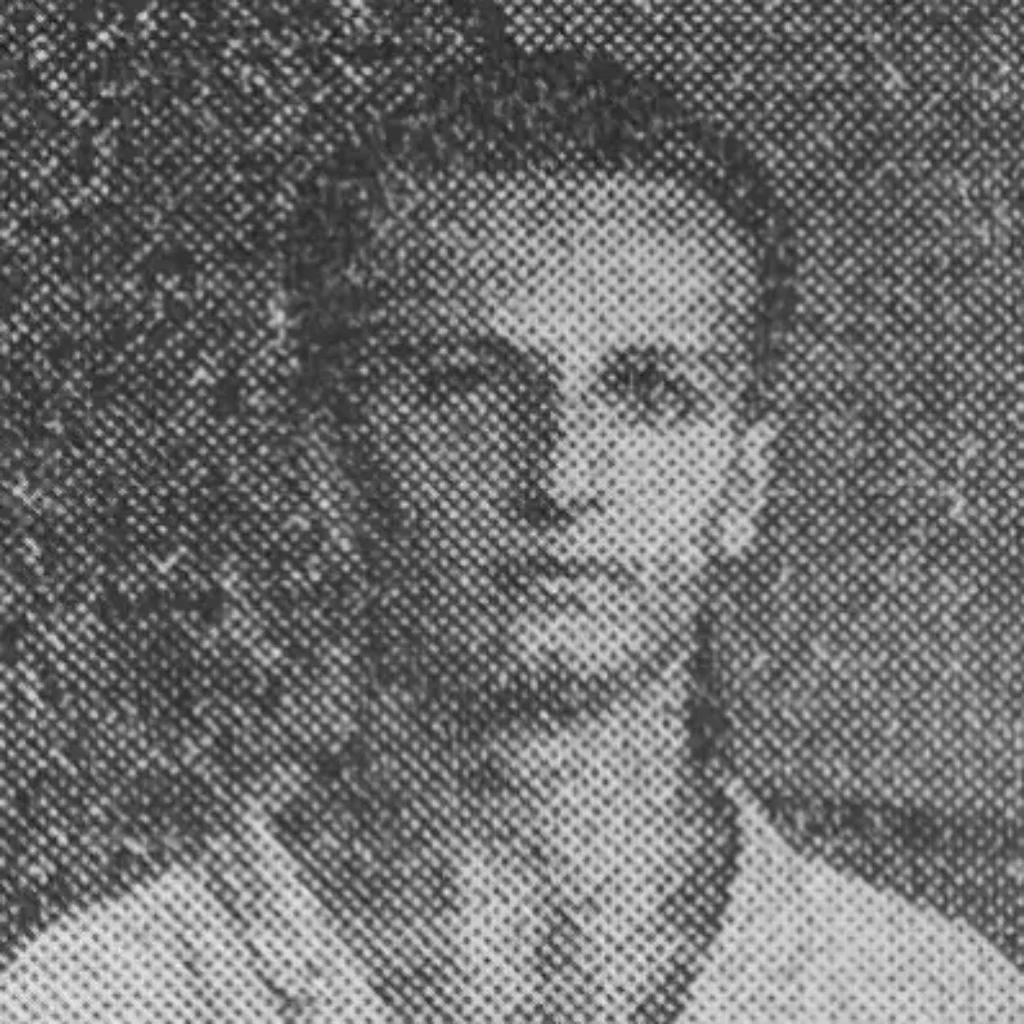
George Gracie (1911-1985)
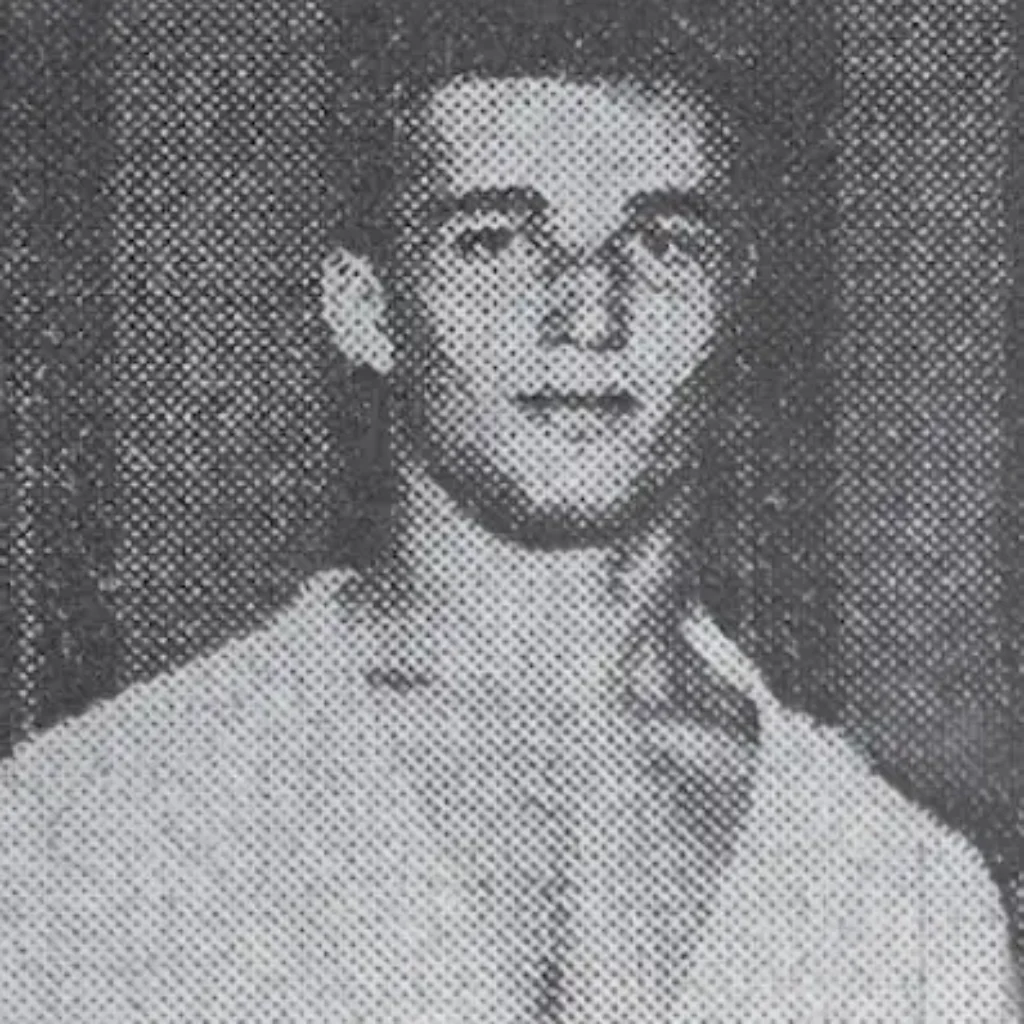
Hélio Gracie (1913-2009)
The Globalization of Jiu-Jitsu
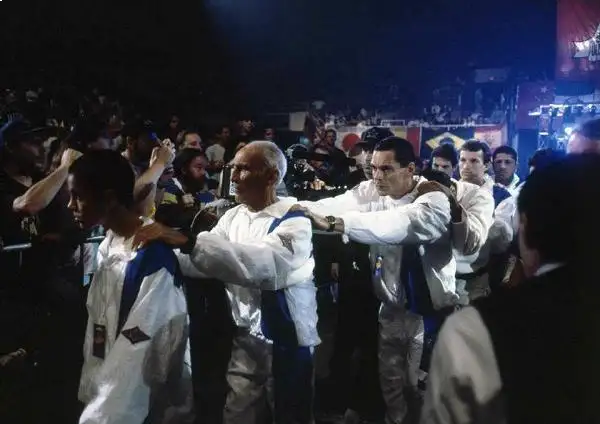
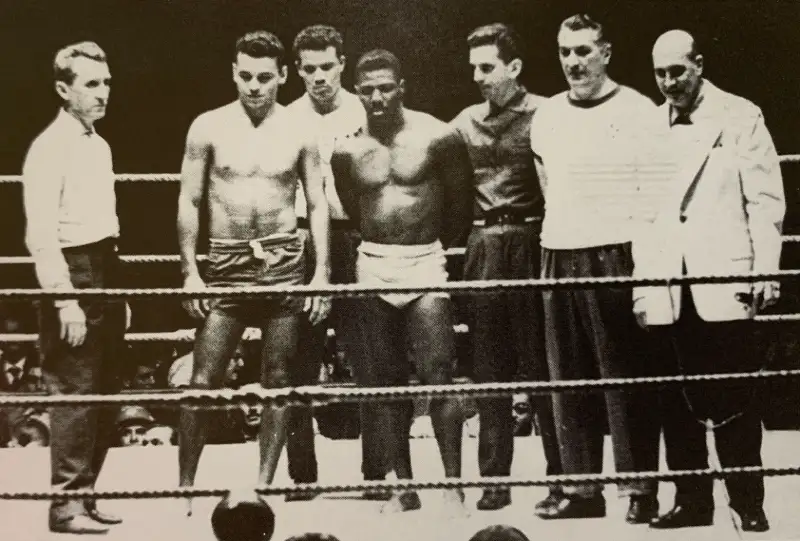
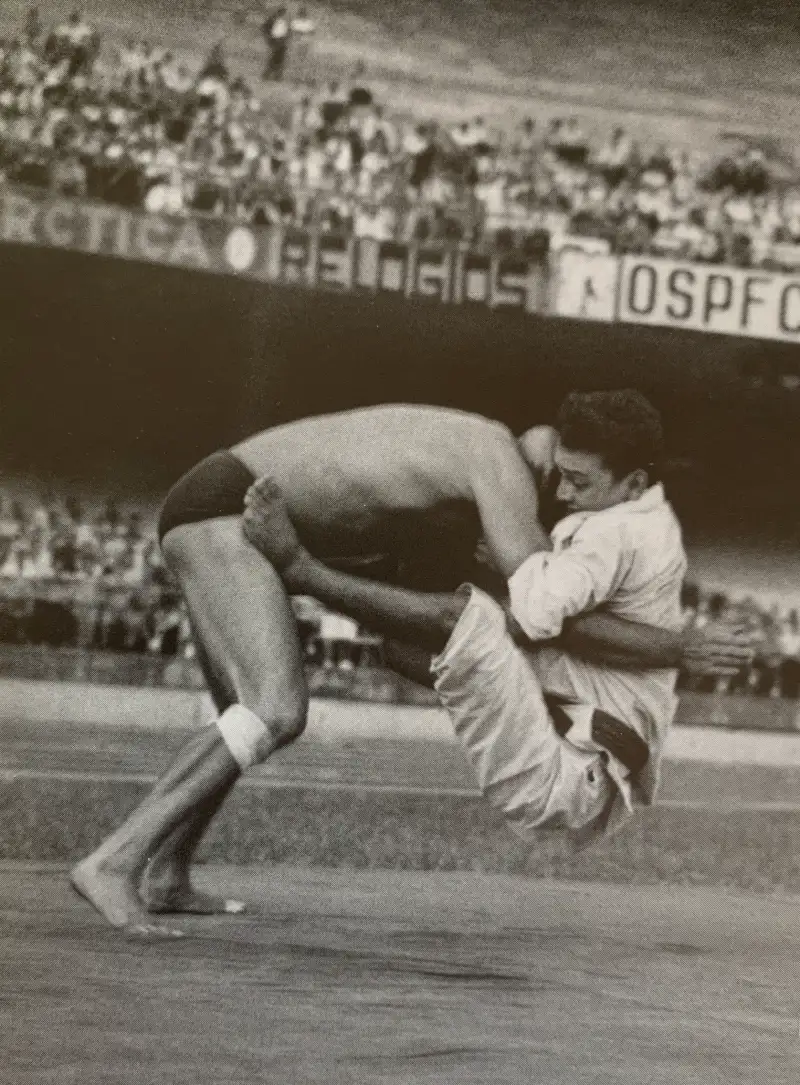
A Tribute to One of the Most Talented Fighters in the History of Jiu-Jitsu
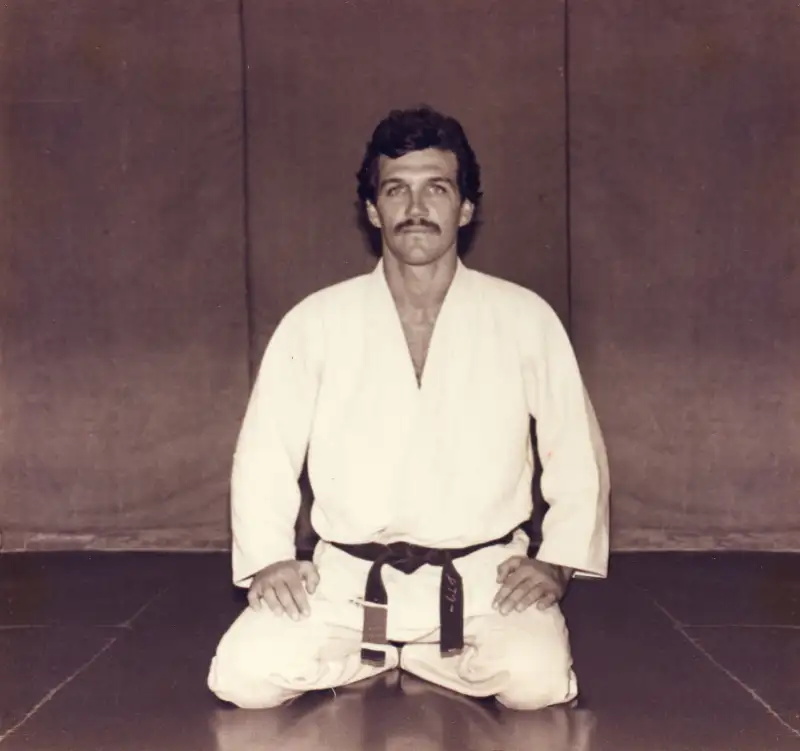
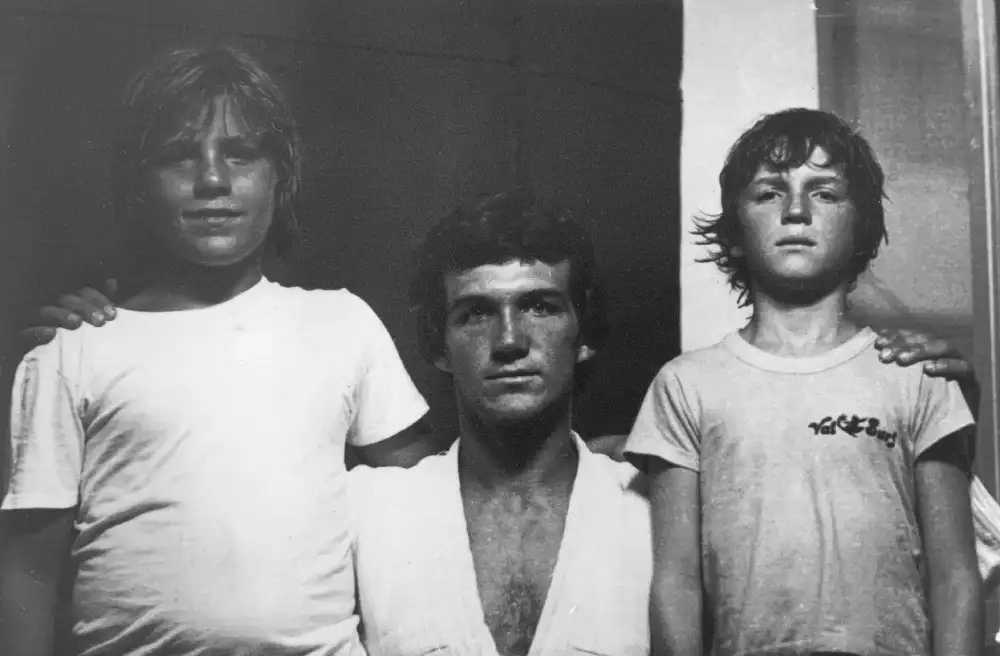
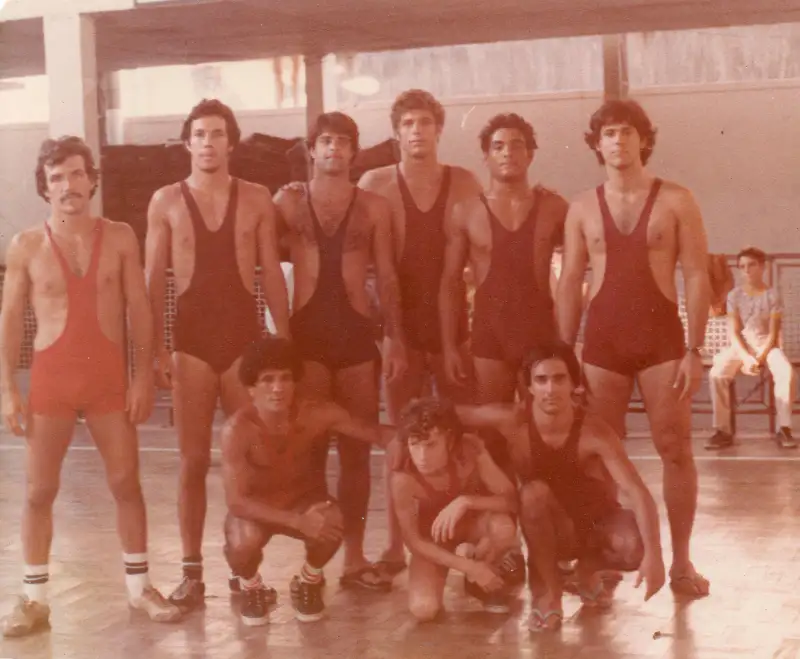
Extremely talented and motivated to train and reach the maximum of his potential as a fighter, Rolls also had an open mind and a desire to learn anything that could improve his Jiu-Jitsu. What impressed many was not only his physical prowess, but also his moral profile and desire to perform the best he could in everything. As a teenager, Rolls had the opportunity to visit many countries and train Sambo, Judo and Greco-Roman Wrestling. A black belt at sixteen, he became a strong and determined young man, with a great vision for Jiu-Jitsu and his career as a fighter and teacher. One of the ways in which he spread the sport was by fighting in tournaments, and by doing so motivating others to do the same.
In 1976, he participated in his first MMA tournament after a Karate teacher challenged him, questioning the efficacy of Jiu-Jitsu during a televised demonstration. The challenge was promptly accepted and many fights were scheduled between Jiu-Jitsu and Karate fighters in a single day. All of the Jiu-Jitsu fighters won that day, but the main event was certainly the one that brought the greatest audience. Rolls Gracie versus the Karate Master. They fought for a few minutes, until Rolls applied a crafty fall, got into his opponent’s back, and finished the fight with a
“Mata Leão” (rear naked choke). At 31 years of age
(1982), Rolls passed away in a hang gliding accident in Rio de Janeiro, but
his legacy remains among us.
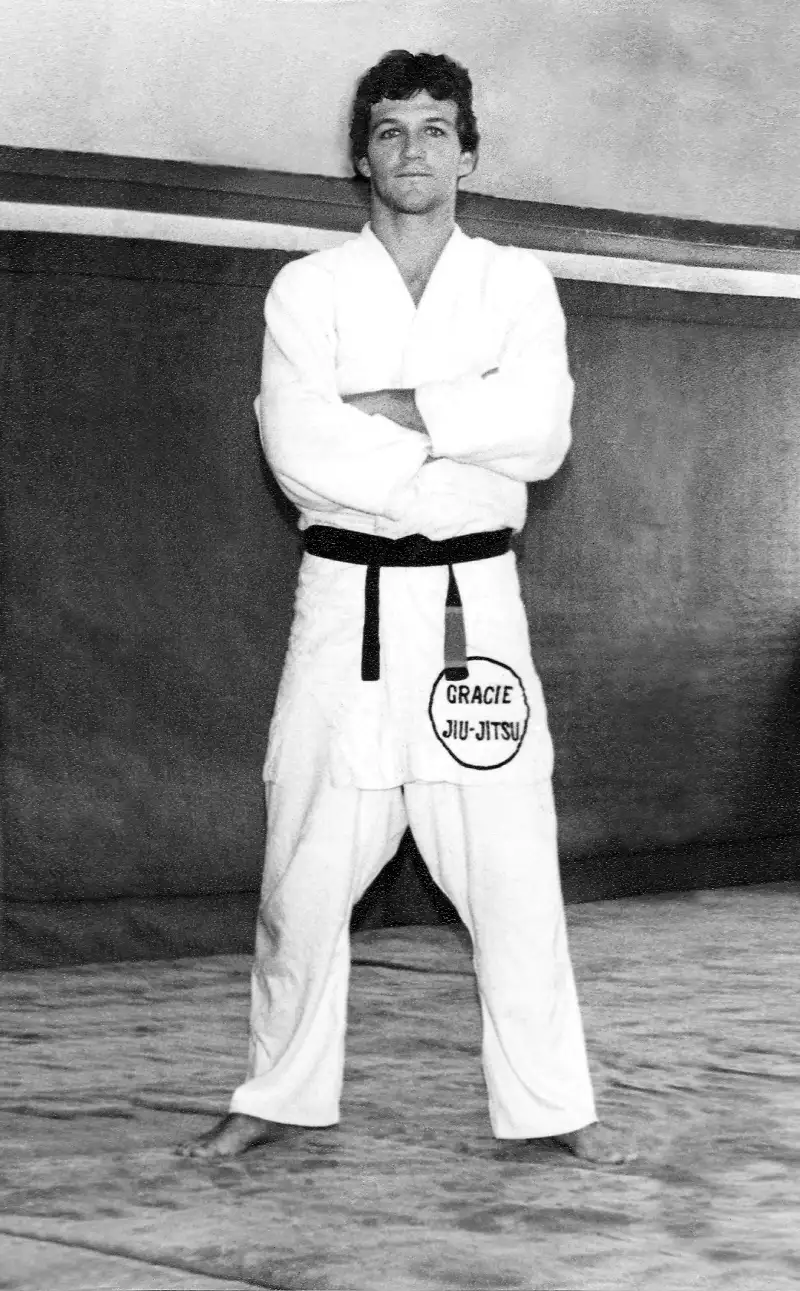
Generation to Generation
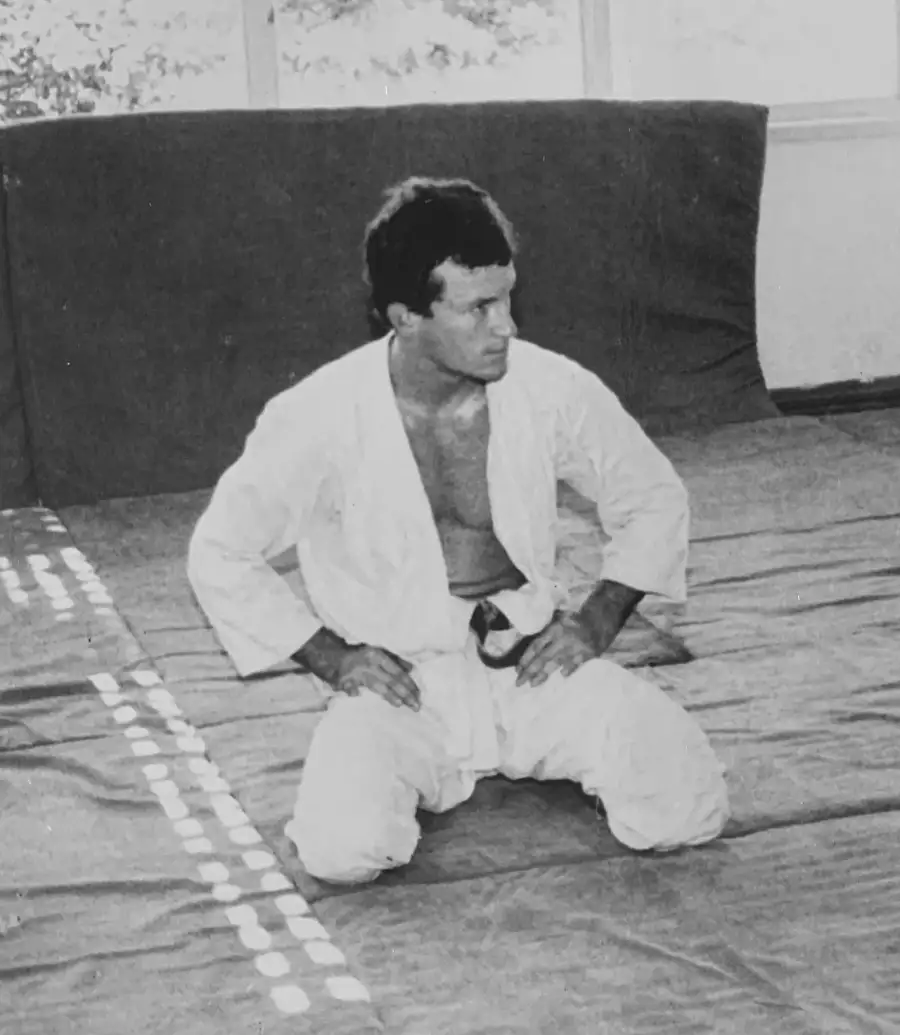
Rilion Gracie is the youngest male son of the Grand Master Carlos Gracie Sr. (the founder of Gracie Brazilian Jiu-Jitsu and the creator of MMA). He has been involved in his father’s tradition since he was born. He has grown up in the world of mats, healthy living, improved life skills and philosophic concepts of Gracie Jiu-Jitsu.
Rilion is proud to have had his father Carlos Sr. and his brother Rolls (the forefather of modern Jiu-Jitsu) as his mentors and professors.
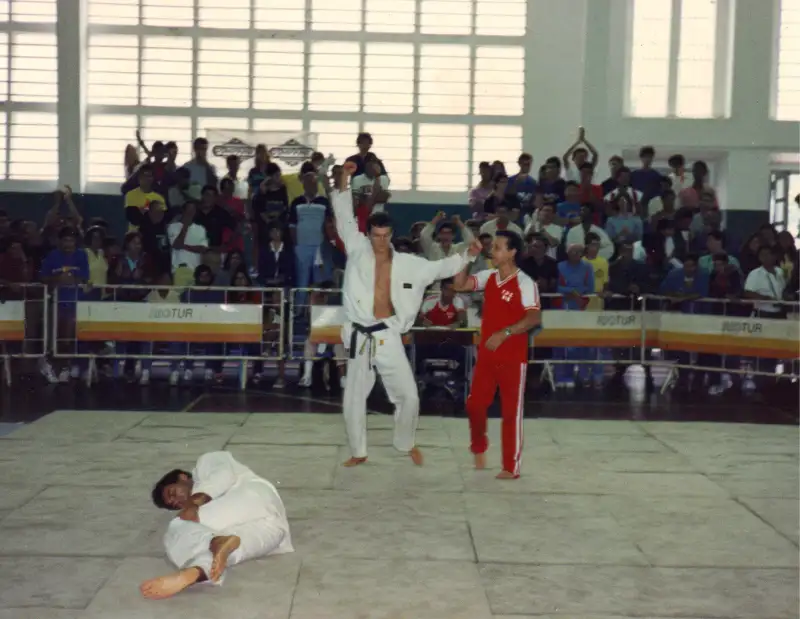
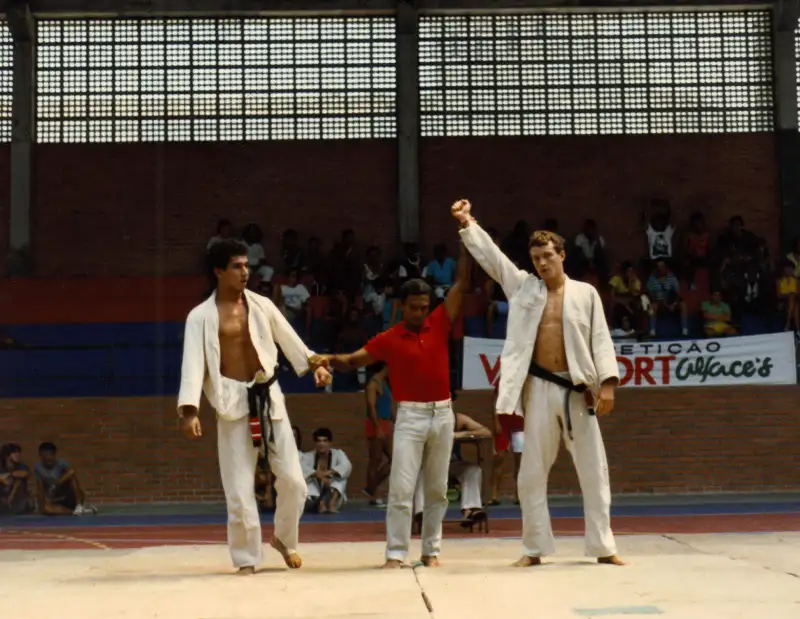
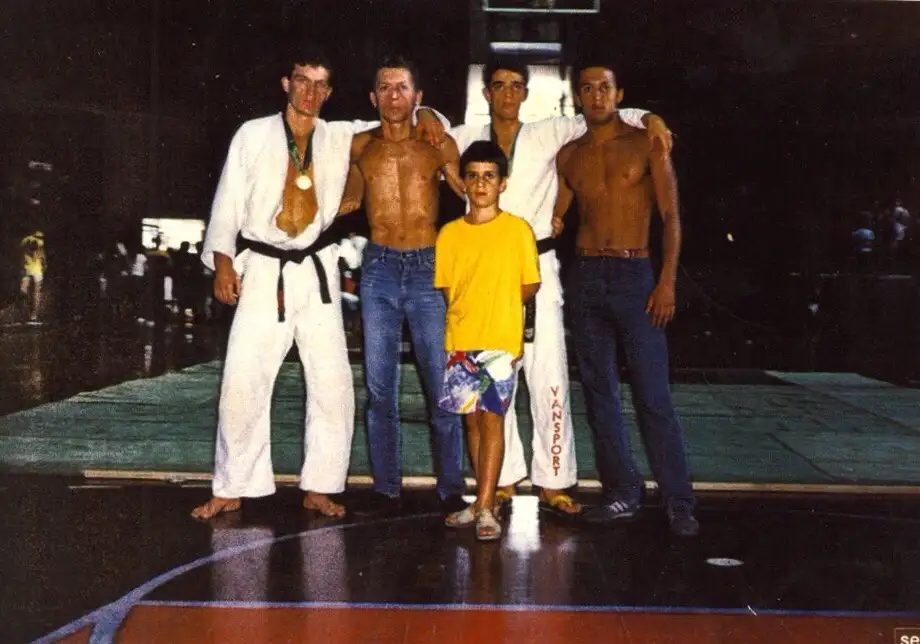
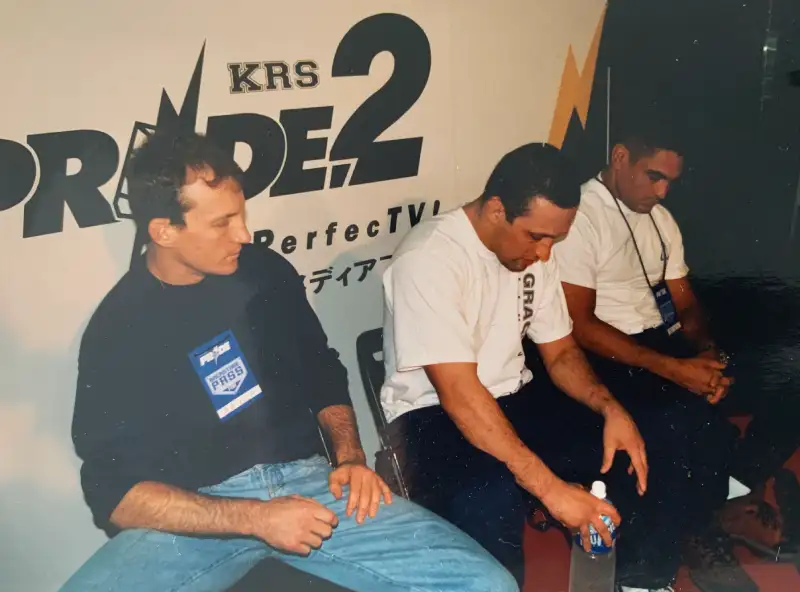
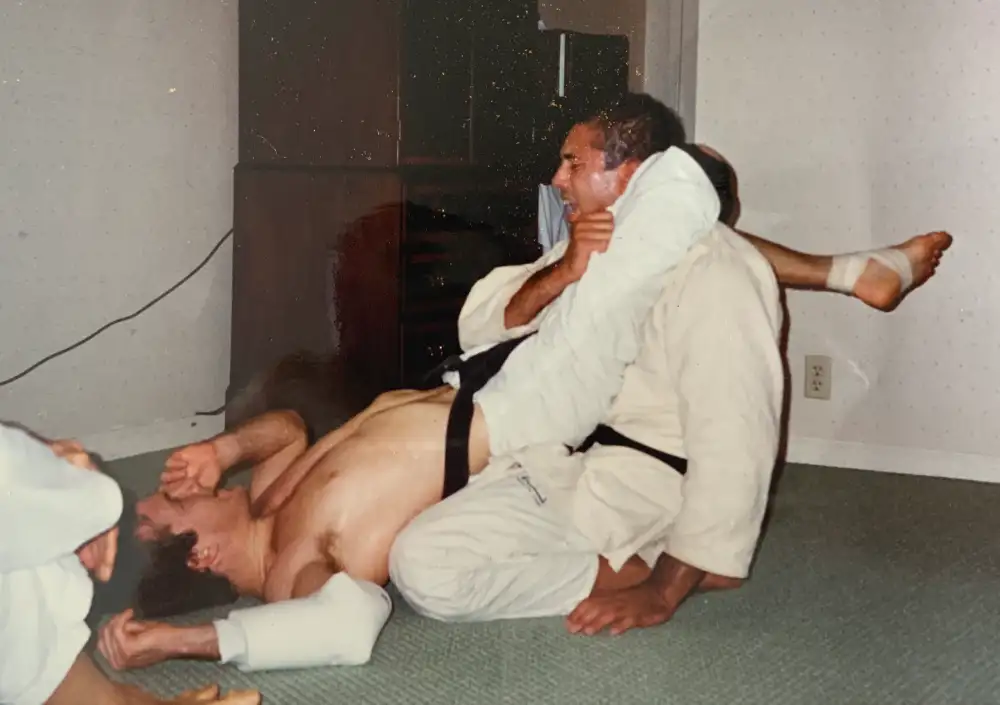
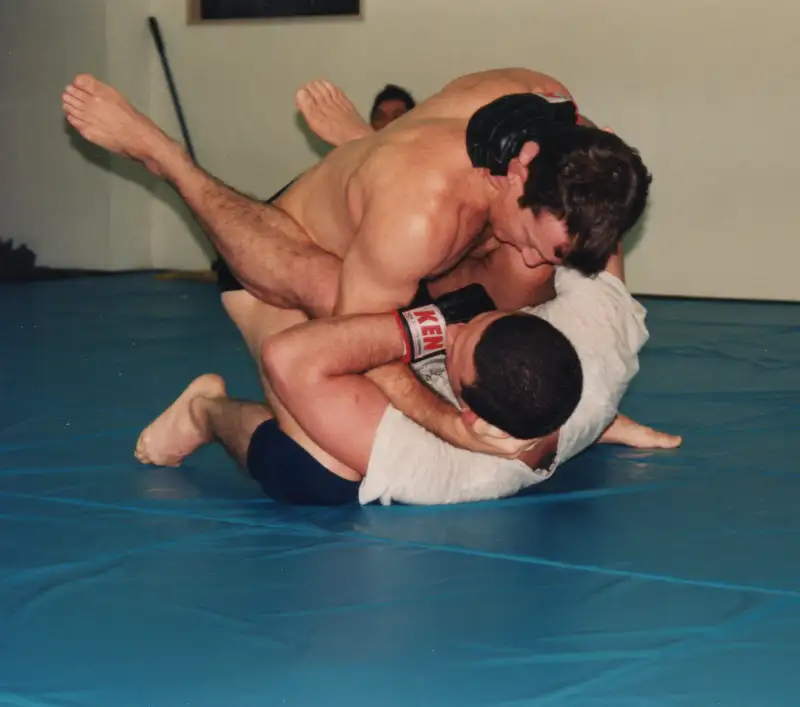
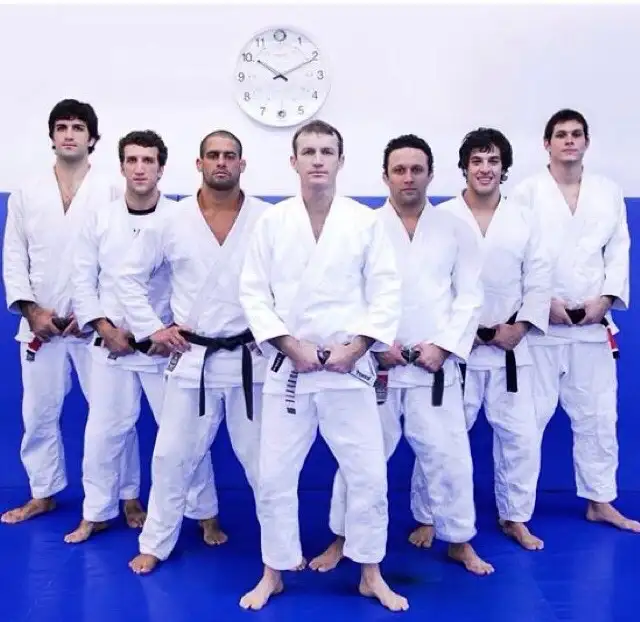
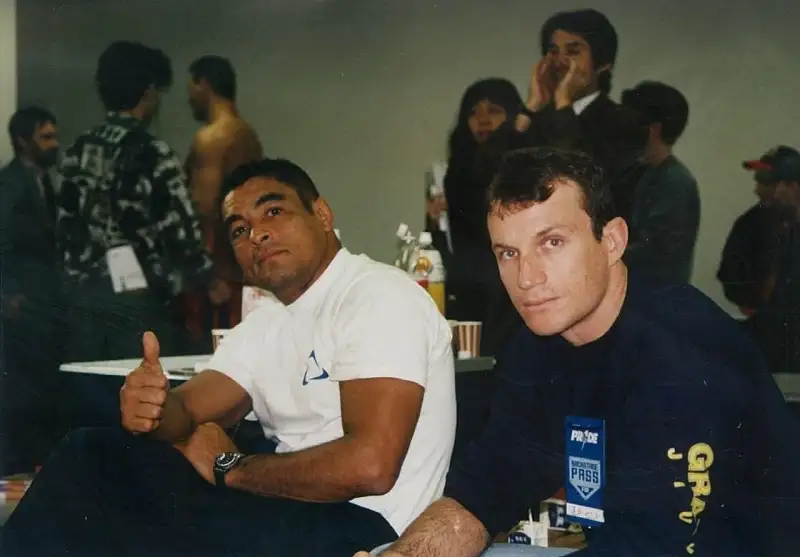
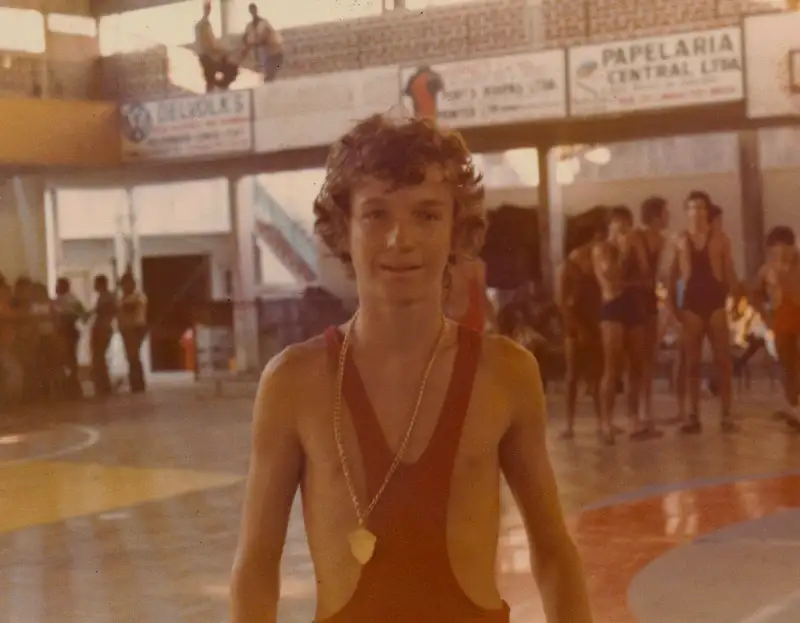
in the early 1980’S besides teaching at
the Gracie Ipanema academy, he was a founding member of the Gracie Jiu-Jitsu School in the Barra da Tijuca
neighborhood of Rio de Janeiro, along with his older brothers Crolin and Carlos Jr. In 1988, he was one of the instructors at the first Gracie Jiu-Jitsu Seminar in the United States hosted by the actor and Martial Arts enthusiast
Chuck Norris.
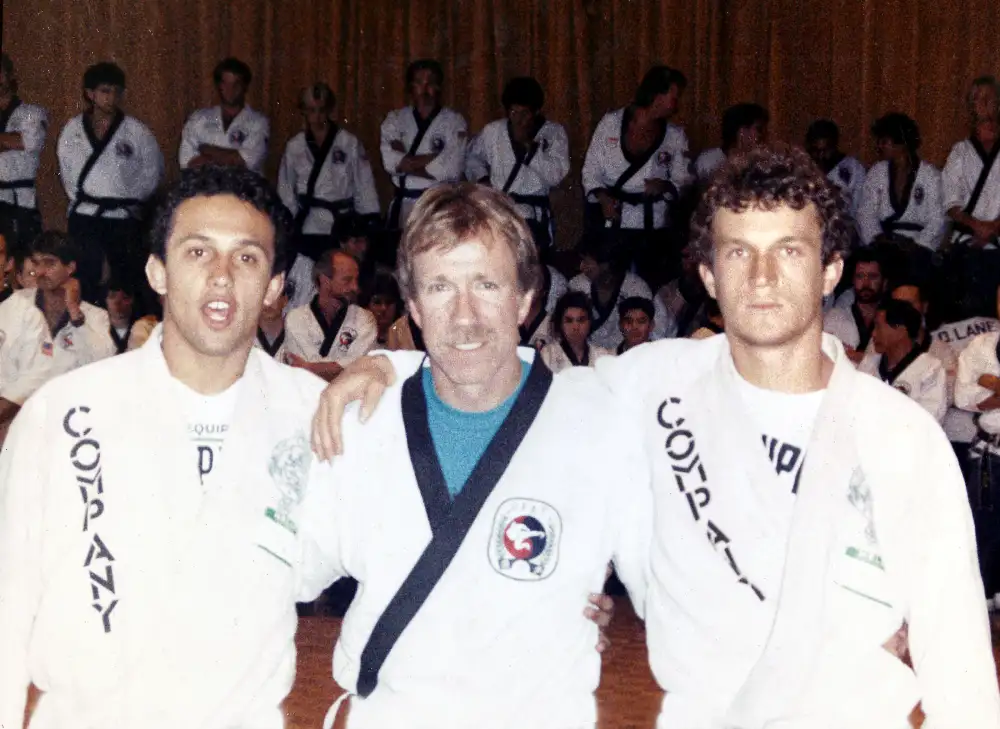
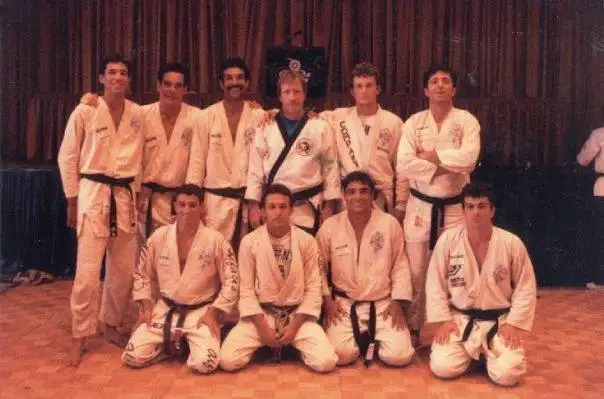
Before Jiu-Jitsu became a sport, it was a martial art based on the principals of:
Respect / Hierarchy / Discipline / Self-control / Self-confidence / Patience / And more
The objective is rendering the opponent into submission.
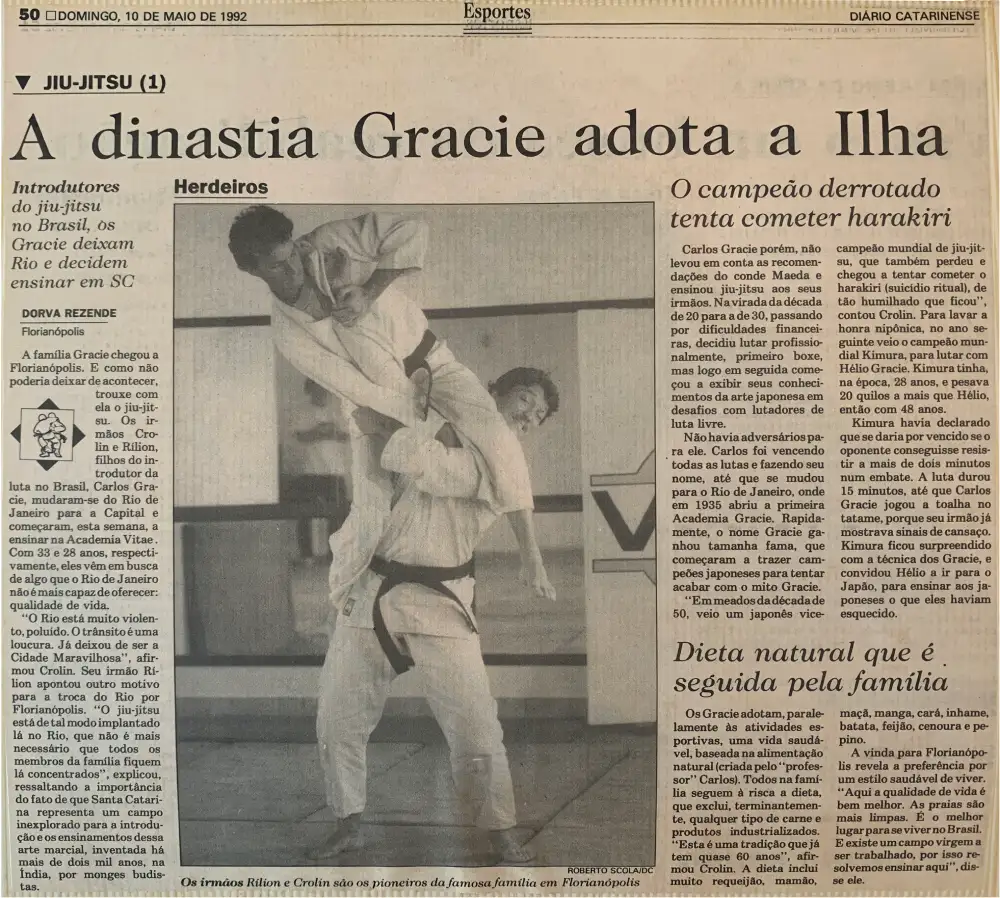
in the early 1990’S, Rilion decided to move to
Santa Catarina (a state in south Brazil) to spread his family’s legacy, establishing the Rilion Gracie Academy in Florianópolis. Through his dedication and expertise, his academy grew into what today is one of the strongest Jiu-Jitsu academies of South Brazil. Rilion has been acclaimed by the most prestigious newspaper in Brazil (Jornal do Brasil) as the “…most technical Jiu-Jitsu Master in the world.”
